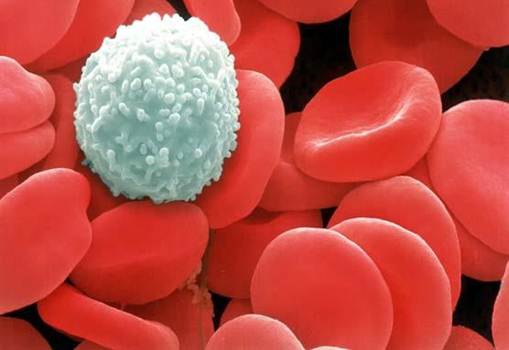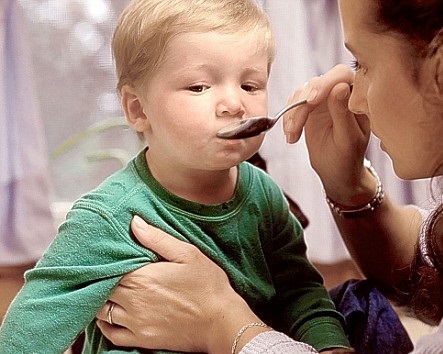Sadly
cancer does target children. And disturbingly there are 4500 new cases in India
every year. “The reassuring news,” says Dr. Shweta Bansal, Consultant Paediatric
Oncologist attached to S. L. Raheja Hospital, a
Fortis Associate, “is that death rates for children are falling dramatically,
specially, if medical intervention is speedy, because 70% to 90% cancers in a
child and adolescent are curable producing long time survival.” “As in adults,
doctors use a combination of treatments, including surgery, chemotherapy and
radiation. However because children are still growing, these treatments may
have side effects in growth and development that do not occur in adults.

However because children are still growing,
these treatments may have side effects in growth and development that do not
occur in adults.
“That’s why
children are best treated under a team of doctors with expertise in childhood
cancer. Treatment can be a long drawn affair, even up to 3 years and it is
important that you do not give up hope and stop mid-stream.”
Origins
Nobody
knows for sure what causes childhood cancers, although exposure to radiation
and Down Syndrome could be culprits. Early
malignancies are essentially different from adult cancers in that they are not
cancers of the organs, but of tissues, anywhere in the body.
They are
not hereditary.
It’s not
enough for something to go awry in the embryonic stage; something also needs to
go wrong post birth. Says Bansal: Childhood cancers
are very different from adult cancers, because they grow faster and are more
aggressive, so the child gets sick in a very few days.”
Here, we
provide a brief overview of the most common childhood cancers.
Blood cancer (acute lymphoblastic leukemia)
Blood
cancer (acute lymphoblastic leukemia) White Blood Cells develop in the stem
cells in the bone marrow. When this development goes berserk, pieces of
chromosomes get rearranged so that affected cells multiply uncontrollably and
become cancerous. The result is Leukemia.

Blood cancer (acute lymphoblastic leukemia)
White Blood Cells develop in the stem cells in the bone marrow.
In Acute
Lymphoblastic Leukemia (ALL) the over production of the cancer cells is
compared with a mysterious arrest in the normal maturation of cells. Lymphoma
cells are produced excessively, but are unable to mature, so cannot fulfill
their normal function in battling microbes.
The causes
are unknown. But it is conjectured that it could be due to a low exposure to
infection, which creates a poorly developed immune system. Pregnant women who
are short on Vitamin B complex and folk acid hamper the child’s immune system.
All is the
most common cancer in kids accounting for a quarter of all childhood cancers.
It strikes children under 15, usually between 2 and 5.
The
symptoms are fever, pallor, bleeding from the nose and gums, easy bruising,
lethargy, poor appetite, weight loss, enlarged lymph nodes, enlarged liver and
spleen, small pinkish spots on the skin.
The
diagnosis is made by blood tests which will show reduction in the HBC and
platelets counts, and a bone biopsy.
Treatment
includes chemo in phases, blood and platelet transfusion, antibiotics for
infants, IV fluids, stem cell therapy.

The diagnosis is made by blood tests which will
show reduction in the HBC and platelets counts, and a bone biopsy.
Eighty per
cent to 90% of kids are completely cured. Those between 3 and 7 have the best
prognosis. Dr. Bansal tells us about 10-year-old Nilesh who was brought in because of a mild fever and joint
pains for a week. After testing negative for malaria, chikengu
nia and dengue, the boy was diagnosed with high grade
ALL. He was treated with 8 cycles of aggressive chemotherapy, and is doing
well, with regular follow ups.